Why not do this:
for (int i = 0; i < M; ++i) {
pick a random number between K and N/M
add this number to (N/M)* i;
Now you have M random numbers, distributed evenly along N, all of which have a difference of at least K. It's in O(n) time. As an added bonus, it's already sorted. :-)
EDIT:
Actually, the "pick a random number" part shouldn't be between K and N/M, but between min(K, [K - (N/M * i - previous value)]). That would ensure that the differences are still at least K, and not exclude values that should not be missed.
Second EDIT:
Well, the first case shouldn't be between K and N/M - it should be between 0 and N/M. Just like you need special casing for when you get close to the N/M*i border, we need special initial casing.
Aside from that, the issue you brought up in your comments was fair representation, and you're right. As my pseudocode is presented, it currently completely misses the excess between N/M*M and N. It's another edge case; simply change the random values of your last range.
Now, in this case, your distribution will be different for the last range. Since you have more numbers, you have slightly less chance for each number than you do for all the other ranges. My understanding is that because you're using ">>", this shouldn't really impact the distribution, i.e. the difference in size in the sample set should be nominal. But if you want to make it more fair, you divide the excess equally among each range. This makes your initial range calculation more complex - you'll have to augment each range based on how much remainder there is divided by M.
There are lots of special cases to look out for, but they're all able to be handled. I kept the pseudocode very basic just to make sure that the general concept came through clearly. If nothing else, it should be a good starting point.
Third and Final EDIT:
For those worried that the distribution has a forced evenness, I still claim that there's nothing saying it can't. The selection is uniformly distributed in each segment. There is a linear way to keep it uneven, but that also has a trade-off: if one value is selected extremely high (which should be unlikely given a very large N), then all the other values are constrained:
int prevValue = 0;
int maxRange;
for (int i = 0; i < M; ++i) {
maxRange = N - (((M - 1) - i) * K) - prevValue;
int nextValue = random(0, maxRange);
prevValue += nextValue;
store previous value;
prevValue += K;
}
This is still linear and random and allows unevenness, but the bigger prevValue gets, the more constrained the other numbers become. Personally, I prefer my second edit answer, but this is an available option that given a large enough N is likely to satisfy all the posted requirements.
Come to think of it, here's one other idea. It requires a lot more data maintenance, but is still O(M) and is probably the most fair distribution:
What you need to do is maintain a vector of your valid data ranges and a vector of probability scales. A valid data range is just the list of high-low values where K is still valid. The idea is you first use the scaled probability to pick a random data range, then you randomly pick a value within that range. You remove the old valid data range and replace it with 0, 1 or 2 new data ranges in the same position, depending on how many are still valid. All of these actions are constant time other than handling the weighted probability, which is O(M), done in a loop M times, so the total should be O(M^2), which should be much better than O(NlogN) because N >> M.
Rather than pseudocode, let me work an example using OP's original example:
- 0th iteration: valid data ranges are from [0...100Mill], and the weight for this range is 1.0.
- 1st iteration: Randomly pick one element in the one element vector, then randomly pick one element in that range.
- If the element is, e.g. 12345678, then we remove the [0...100Mill] and replace it with [0...12344678] and [12346678...100Mill]
- If the element is, e.g. 500, then we remove the [0...100Mill] and replace it with just [1500...100Mill], since [0...500] is no longer a valid range. The only time we will replace it with 0 ranges is in the unlikely event that you have a range with only one number in it and it gets picked. (In that case, you'll have 3 numbers in a row that are exactly K apart from each other.)
- The weight for the ranges are their length over the total length, e.g. 12344678/(12344678 + (100Mill - 12346678)) and (100Mill - 12346678)/(12344678 + (100Mill - 12346678))
In the next iterations, you do the same thing: randomly pick a number between 0 and 1 and determine which of the ranges that scale falls into. Then randomly pick a number in that range, and replace your ranges and scales.
By the time it's done, we're no longer acting in O(M), but we're still only dependent on the time of M instead of N. And this actually is both uniform and fair distribution.
Hope one of these ideas works for you!




